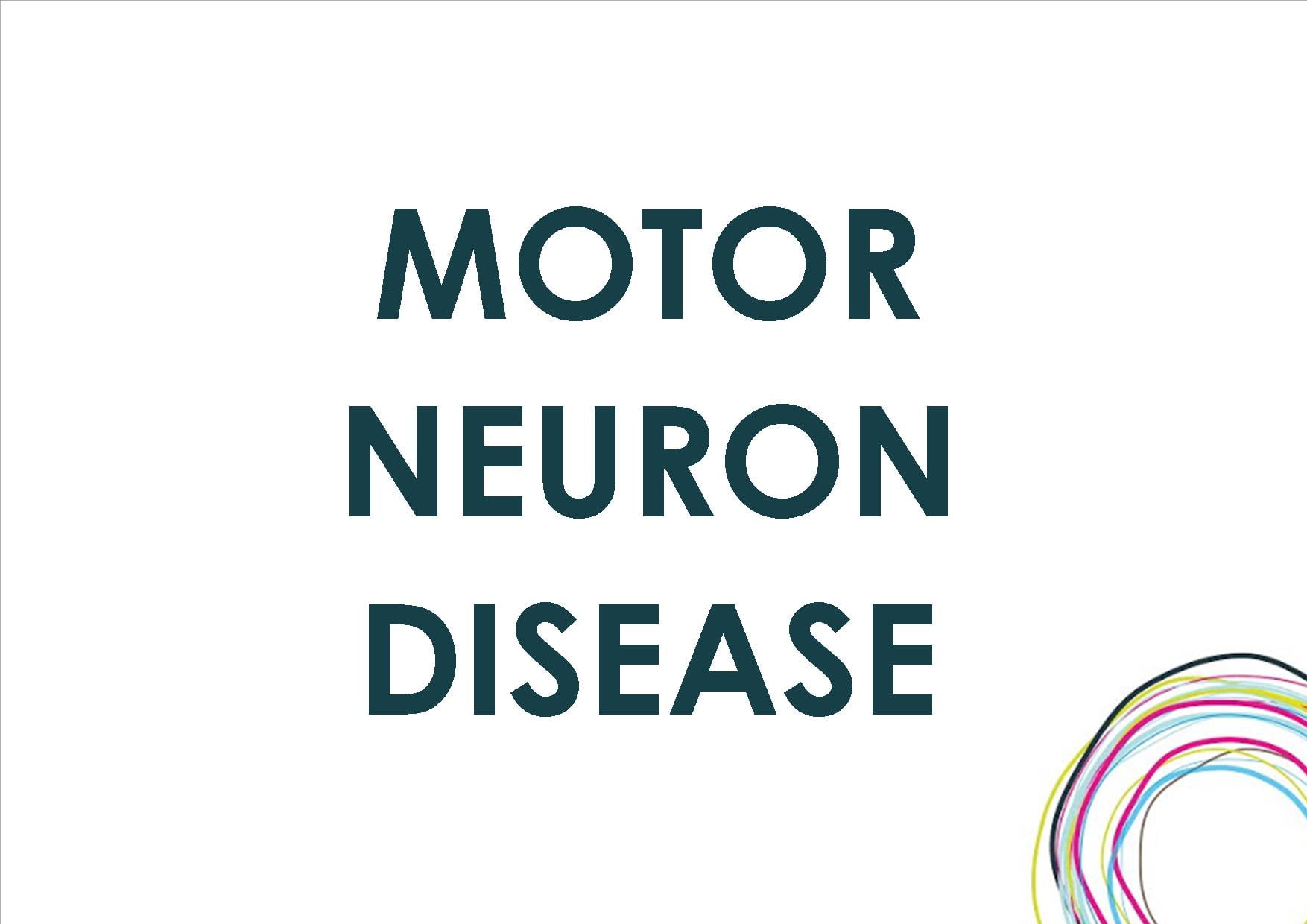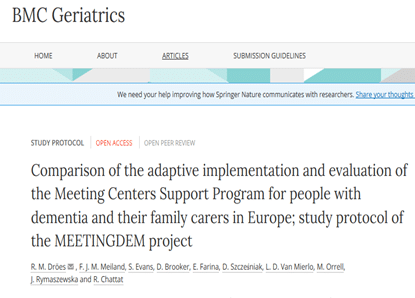 Scientists have identified a mechanism in the molecular machinery of the cell that could help explain how neurons begin to falter in the initial stages of Alzheimer’s disease, even before amyloid clumps appear. This hypothesis centers on human genes critical for the healthy functioning of mitochondria, the energy factories of the cell, which are riddled with mobile chunks of DNA called Alu elements.
Scientists have identified a mechanism in the molecular machinery of the cell that could help explain how neurons begin to falter in the initial stages of Alzheimer’s disease, even before amyloid clumps appear. This hypothesis centers on human genes critical for the healthy functioning of mitochondria, the energy factories of the cell, which are riddled with mobile chunks of DNA called Alu elements.
The researchers describe their work in a paper published online in Alzheimer’s & Dementia.
If these “jumping genes” lose their normal controls as a person ages, they could start to wreak havoc on the machinery that supplies energy to brain cells — leading to a loss of neurons and ultimately dementia. And if this “Alu neurodegeneration hypothesis” holds up, it could help identify people at risk sooner, before they develop symptoms, or point to new ways to delay onset or slow progression of the disease.
The dominant idea guiding Alzheimer’s research for 25 years has been that the disease results from the abnormal buildup of hard, waxy amyloid plaques in the parts of the brain that control memory. But drug trials using anti-amyloid drugs have failed, leading some researchers to theorize that amyloid buildup is a byproduct of the disease, not a cause.
This study builds on an alternative hypothesis. First proposed in 2004, the “mitochondrial cascade hypothesis” posits that changes in the cellular powerhouses, not amyloid buildup, are what cause neurons to die.
Most mitochondrial proteins are encoded by genes in the cell nucleus before reaching their final destination in mitochondria. In 2009, neurologists identified a non-coding region in a gene called TOMM40 that varies in length. The team of researchers found that the length of this region can help predict a person’s Alzheimer’s risk and age of onset. They wondered if the length variation in TOMM40 was only part of the equation. The researchers analysed the corresponding gene region in gray mouse lemurs, teacup-sized primates known to develop amyloid brain plaques and other Alzheimer’s-like symptoms with age. They found that in mouse lemurs alone, but not other lemur species, the region is loaded with short stretches of DNA called Alus.
Found only in primates, Alus belong to a family of retrotransposons or “jumping genes,” which copy and paste themselves in new spots in the genome. If the Alu copies present within the TOMM40 gene somehow interfere with the path from gene to protein, the scientists could help explain why mitochondria in nerve cells stop working.
The TOMM40 gene encodes a barrel-shaped protein in the outer membrane of mitochondria that forms a channel for molecules — including the precursor to amyloid — to enter. The scientists used 3D modeling to show that Alu insertions within the TOMM40 gene could make the channel protein it encodes fold into the wrong shape, causing the mitochondria’s import machinery to clog and stop working. The researchers say that such processes likely get underway before amyloid builds up, so they could point to new or repurposed drugs for earlier intervention.
The TOMM40 gene is one example, but if Alus disrupt other mitochondrial genes, the same basic mechanism could help explain the initial stages of other neurodegenerative diseases too, including Parkinson’s disease, Huntington’s disease and amyotrophic lateral sclerosis (ALS).
Paper: “The Alu neurodegeneration hypothesis: A primate-specific mechanism for neuronal transcription noise, mitochondrial dysfunction, and manifestation of neurodegenerative disease”
Reprinted from materials provided by Duke.


 Researchers have shown for the first time that Amyotrophic Lateral Sclerosis (ALS) and schizophrenia have a shared genetic origin, indicating that the causes of these diverse conditions are biologically linked. The work was published in Nature Communications.
Researchers have shown for the first time that Amyotrophic Lateral Sclerosis (ALS) and schizophrenia have a shared genetic origin, indicating that the causes of these diverse conditions are biologically linked. The work was published in Nature Communications.
 The most common genetic cause of the brain diseases frontotemporal dementia (FTD) and amyotrophic lateral sclerosis (ALS) is a mutation in the C9orf72 gene. Researchers have demonstrated that if an affected parent passes on this mutation, the children will be affected at a younger age (than the parent). There are no indications that the disease progresses more quickly. These results were published JAMA Neurology.
The most common genetic cause of the brain diseases frontotemporal dementia (FTD) and amyotrophic lateral sclerosis (ALS) is a mutation in the C9orf72 gene. Researchers have demonstrated that if an affected parent passes on this mutation, the children will be affected at a younger age (than the parent). There are no indications that the disease progresses more quickly. These results were published JAMA Neurology.
 In a paper published in the journal Cell Death and Differentiation, a research team has reported that a gene called ATF4 plays a key role in Parkinson’s disease, acting as a ‘switch’ for genes that control mitochondrial metabolism for neuron health. By discovering the gene networks that orchestrate the process of ATF4 expression, the researchers have singled out new therapeutic targets that could prevent neuron loss.
In a paper published in the journal Cell Death and Differentiation, a research team has reported that a gene called ATF4 plays a key role in Parkinson’s disease, acting as a ‘switch’ for genes that control mitochondrial metabolism for neuron health. By discovering the gene networks that orchestrate the process of ATF4 expression, the researchers have singled out new therapeutic targets that could prevent neuron loss.
 Disabling a part of brain cells that acts as a tap to regulate the flow of proteins has been shown to cause neurodegeneration, a new study has found.
Disabling a part of brain cells that acts as a tap to regulate the flow of proteins has been shown to cause neurodegeneration, a new study has found.